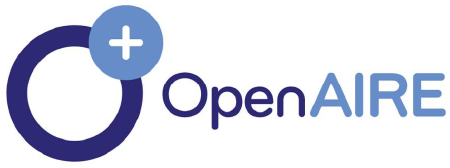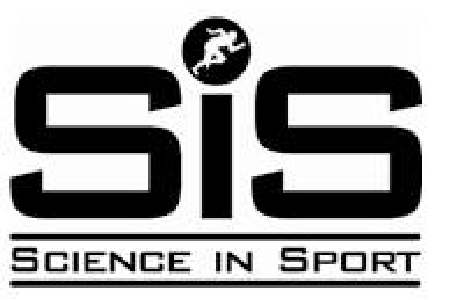DESIGN AND OPTIMIZATION OF SPECIALIZED PROTECTIVE WORKWEAR FOR EMPLOYEES IN THE LEATHER TANNING INDUSTRY.
Abstract
The leather tanning industry exposes workers to a variety of occupational hazards, including chemical agents, extreme temperatures, mechanical injuries, and prolonged ergonomic stress. To ensure the health, safety, and comfort of employees, the development of specialized protective workwear tailored to the unique demands of tanning environments is essential. This study focuses on the design and optimization of work garments that offer both functional protection and ergonomic adaptability. Using a multidisciplinary approach combining textile engineering, ergonomic analysis, and industrial safety standards, we developed and evaluated prototypes incorporating advanced materials with high resistance to chemical penetration, abrasion, and heat. The garments were tested under simulated workplace conditions, and user feedback was collected to assess fit, comfort, and mobility. Results demonstrate significant improvements in both protective performance and user satisfaction compared to conventional workwear. The study concludes with design recommendations and guidelines for manufacturing durable, effective, and user-centered protective clothing for the leather tanning sector. Keywords: Leather tanning industry, Protective workwear design, Occupation safety, Ergonomic garment construction, Industrial clothing optimization, workwear functionality, Hazard-resistant textiles, Worker health and safety, Thermo-mechanical protection, Garment engineering, Industrial hygiene standards, Personal protective equipment(PPE), Durability of work garments, Toxic exposure prevention.
References
1. Ahmed, S., & Malik, F. (2017). Ergonomic design considerations in industrial workwear: A case study on movement efficiency. Journal of Textile Engineering, 63(4), 241–250.
2. Choudhury, A. K. R. (2021). Environmental aspects of textile dyeing and finishing. In Sustainable textile engineering (pp. 211–235). CRC Press.
3. ISO 6530:2005. (2005). Protective clothing – Protection against liquid chemicals – Test method for resistance of materials to penetration by liquids. International Organization for Standardization.
4. ISO 11612:2015. (2015). Protective clothing – Clothing to protect against heat and flame – Minimum performance requirements. International Organization for Standardization.
5. ISO 13934-1:2013. (2013). Textiles – Tensile properties of fabrics – Part 1: Determination of maximum force and elongation at maximum force using the strip method. International Organization for Standardization.
6. Singh, R., & Kaur, H. (2018). Occupational health hazards in leather tanning industries: A review. Environmental Health Perspectives, 12(2), 135–142.
7. Lee, J., Kim, D., & Park, S. (2022). User-centered design in protective workwear: Enhancing comfort and usability in hazardous occupations. International Journal of Industrial Ergonomics, 90, 103322.
8. Zhao, Y., Wang, H., & Li, X. (2020). A comparative study on comfort and protection performance of industrial protective clothing. Journal of Protective Textiles, 42(1), 25–36.
9. Patel, D., Sharma, R., & Desai, H. (2019). Development of chemical protective clothing using coated and laminated fabrics. Indian Journal of Fibre & Textile Research, 44(2), 158–164.
10. Sharma, M., & Nair, R. (2016). Health risks of tannery workers: A case study from Kanpur, India. Journal of Occupational Health and Safety, 61(3), 210–218.
11. WHO. (2017). Occupational health: A manual for primary health care workers. World Health Organization Press.
12. ASTM F903-18. (2018). Standard test method for resistance of materials used in protective clothing to penetration by liquids. ASTM International.
13. Alabbasi, A. M., & Khalil, A. (2020). Smart textiles for personal protective equipment (PPE): A review on materials, fabrication, and applications. Materials Today: Proceedings, 33, 2614–2620.
14. Park, H., & Lee, H. (2019). Evaluation of mobility and physiological comfort in flame-resistant garments. Journal of Industrial Textiles, 48(6), 1154–1171.
15. European Committee for Standardization. (2013). EN 340: Protective clothing – General requirements. Brussels: CEN.
16. Uzbekistan State Institute of Textile and Light Industry. (2023). Guidelines for ethical approval in applied garment engineering research. Tashkent: Research Ethics Committee Publications.






















